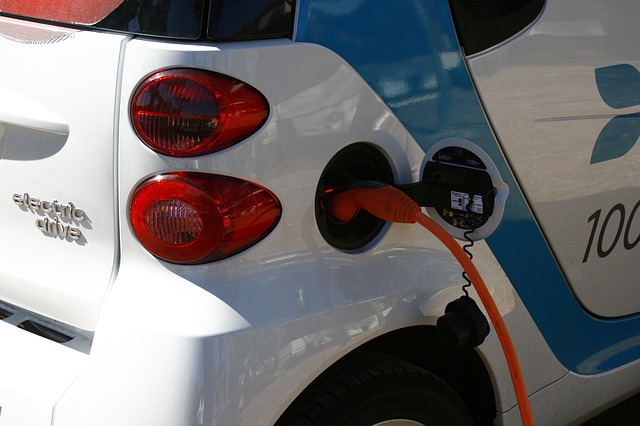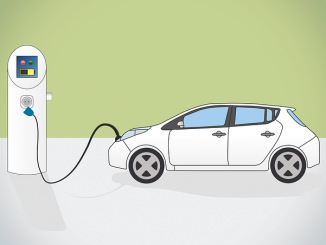
It’s common knowledge that one of the biggest obstacles that’s keeping the electric car industry from really taking off is limited battery power. Specifically, electric vehicles are only capable of traveling an average distance of about 161 km (100 miles) per charge. And the range becomes even smaller when other electricity-dependent accessories — such as lights, windshield wipers, heater, or aircon — are turned on.
For many vehicle owners, this is a major issue, especially for those who spend a good portion of their day driving back and forth from work.
Thanks to a collaborative effort involving the Fraunhofer Institute for Ceramic Technologies and Systems IKTS, ThyssenKrupp System Engineering, and IAV Automotive Engineering, electric cars may soon have a battery that could stretch its driving range by more than 600% — from 161 km to about 1,000 km (621 miles) per charge.
As it is, electric cars do not run on a single battery. Instead, they are powered by battery packs consisting of hundreds or up to thousands of single battery cells, each requiring its own housing, cables, wiring terminals and sensors. All in all, these components take up nearly 50% of the space in the battery pack — space that could have been used to increase its storage capacity. Aside from limited storage space, another problem with today’s battery is the electrical resistance generated at the small-scale cell connections which significantly reduces power output.
This is where Fraunhofer’s initiative comes in. Together with their partners, they are developing a new battery called EMBATT that promises to optimize battery space, as well as achieve maximum storage capacity and power by applying the bipolar principle used by fuel cells, then adding a different twist to it.
Instead of connecting individual battery cells side-by-side in small sections, EMBATT’s cells are stacked on top of each other across a big area. Doing so eliminates the need for separate housing structures and connections, which means more batteries can fit into the vehicle. On the other hand, directly connecting the cells to each other enables current to flow across the entire battery surface, thereby reducing electrical resistance to a considerable extent.
An important component that differentiates EMBATT from current electric car batteries is its bipolar electrode — a metallic tape coated on both sides with ceramic storage materials, with one side acting as the anode and the other acting as the cathode. What makes it special is the materials used to make the electrodes.
As described by project manager Dr. Mareike Wolter in a press release they issued, “We have used our expertise in ceramic technologies to design the electrodes in such a way that they need as little space as possible, save a lot of energy, are easy to manufacture and have a long life.”
Going forward, the team plans to develop bigger battery cells, have these installed in actual electric vehicles, and conduct initial testing by year 2020.
Disclaimer: This page contains affiliate links. If you choose to make a purchase after clicking a link, we may receive a commission at no additional cost to you. Thank you for your support!



Leave a Reply